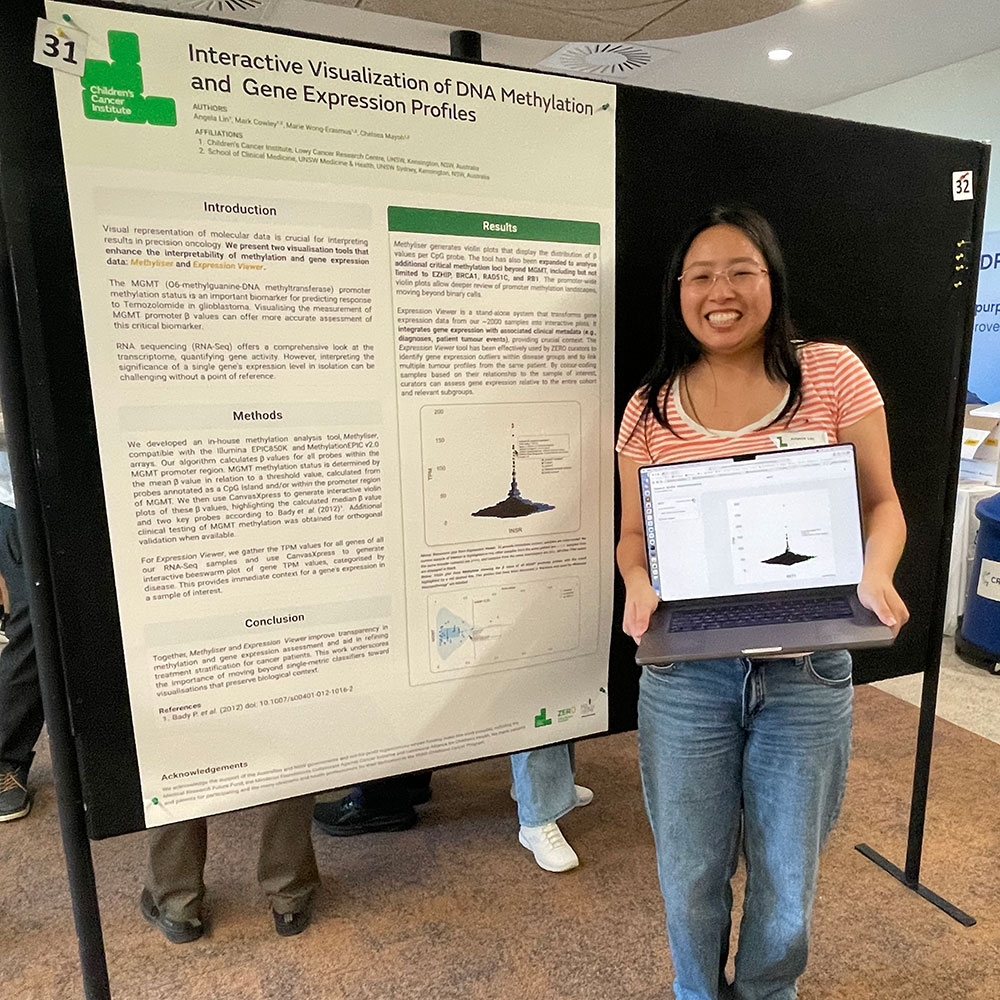
A collaborative research effort by Australian and US scientists has led to the discovery of a promising new approach to treating some of the worst types of leukaemia, including an aggressive leukaemia that mostly affects babies.
MLL-rearranged leukaemia (MLL-r leukaemias) is a subtype of leukaemia that has a particular genetic structure known as MLL rearrangement. This occurs in about 80% of acute leukaemia cases in infants (children under one year of age) and up to 10% of all leukaemia cases, including acute lymphoblastic leukaemia (ALL) and acute myeloid leukaemia (AML). Often resistant to chemotherapy and extremely difficult to treat, MLL-r leukaemia claims the lives of many of those affected, while those who survive are often left with serious long-term effects due to the highly intensive treatment they are given.
The new research, published in the international journal Cancer Cell, describes a new therapy developed for MLL-r leukaemia as having ‘outstanding pharmaceutical properties.’ When used to treat specially-bred mice that were growing MLL-r leukaemia derived from human patients, the therapy produced a ‘dramatic response’, curing many of the mice. The researchers are hopeful that the new therapy will prove successful against MLL-r leukaemia in humans, and anticipate the rapid translation of their research into clinical trials.
‘New therapeutic approaches are desperately needed for MLL-r leukaemia,’ said Professor Richard Lock, Head of the Blood Cancers Theme at Children’s Cancer Institute, Australia. ‘The combination of drugs currently used for treatment is often not effective and causes significant side effects. This is undesirable in anyone, but is particularly a problem in children, whose growing bodies are very susceptible to the damaging effects of toxic drugs.’
The newly developed agent, a small molecule inhibitor called VTP50469, is one of a new breed of targeted therapies, named for the fact that they are designed to specifically target molecules that are critical for the survival and growth of cancer cells. Such therapies offer significant advantages over conventional drug treatments since as well as being more effective, they cause far fewer side effects. In the case of MLL-r leukaemia, the molecules being targeted are Menin and MLL fusion proteins, which interact in leukaemia cells to drive the growth of the cells.
‘What is particularly exciting about this new agent is that it shows remarkable anti-leukaemia activity when used on its own,’ said Professor Lock. ‘It is highly unusual to see a single agent cause such a dramatic response, so we are extremely optimistic that it will prove effective in humans.’
View the full article here.














